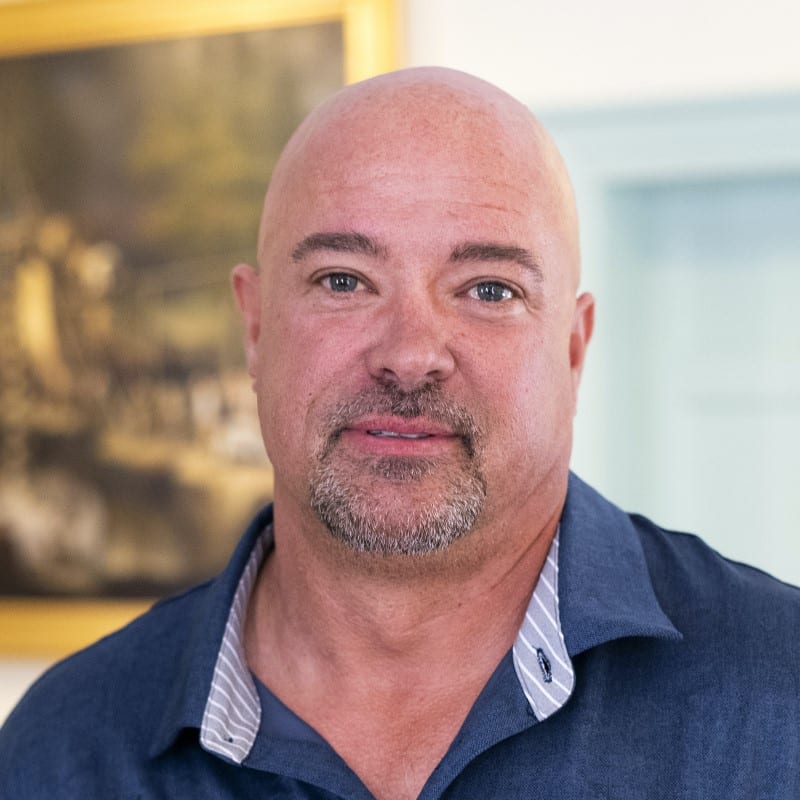Master Craftsmen show the power of talent and tenacity
A single Craftmanship Award represents extraordinary skill and achievement within a challenging construction project. A string of Craftsmanship Awards demonstrates clear mastery of a trade. This year, BC&E was proud to present two Master Craftsmen Awards to individuals who had just earned their fifth Craftsmanship Award.

David Contrino
Henry J. Knott Masonry, Inc.
A 23-year employee of Henry J. Knott Masonry, David Contrino thrives in the midst of extra large, extra complicated jobs. His multiple Craftsmanship Awards provide some insight into that skill.
When construction lagged behind schedule on the massive new Biomedical Science and Engineering Building at The Universities at Shady Grove, Contrino found himself searching for ways to compress the time his crews would need to complete extensive and meticulous brick and stone work.
Dissecting the job on paper, he worked out a plan to have prep crews work overtime to complete flashing, insulation, scaffolding and other tasks early so that “when you send crews to a wall to lay brick, they’re not waiting for anything,” he said. “We were able to shave a couple of months off the schedule by stepping up the prep work.”
That speed didn’t compromise quality on a large and aesthetically demanding project. The building design called for the installation of more than 330,000 bricks and 380 tons of bluestone. Craftsmen had to thoughtfully scatter three types of bluestone across the walls to achieve the architect’s vision and properly bond stones of random lengths and raises. They had to hand chisel the edges of all stones at the building’s five corners whose angles ranged from 10 to 68 degrees. When he learned that bricklayers would have to delay the completion of a 30-foot section of wall (due to the operation of a material lift), Contrino even took the precaution of setting aside sufficient brick from the adjacent area to ensure the eventual patch blended perfectly.
Contrino – who previously won awards for his work on the Annapolis Data Center, Mercy Medical Center, Loyola Blakefield-Wheeler Hall and Holy Cross Germantown Hospital – said successful projects hinge on several things: a thorough understanding of all aspects of the project, detailed planning, clear communication and an ability to help talented craftspeople do their best work.

Vern Quesenberry
Ruff Roofers, Inc.
A 25-year professional with Ruff Roofers, Vern Quesenberry loves to tackle projects that some people run from.
“I love really challenging projects,” he said. In particular, Quesenberry enjoys historic restoration projects that involve unconventional or historic construction techniques, logistical challenges and mid-project surprises that require craftsmen to abandon their original work plans to seek out alternate solutions.
The replacement of the copper dome atop the Walters Art Museum Carriage House fit Quesenberry’s model of a satisfying project. The emergency project landed with almost no notice and only two weeks to complete the work. When Quesenberry and his crew began demolition the next day, they discovered that the wood sheathing and rafters beneath the dome were severely deteriorated. There was no time to mill replacements so craftsmen used stock lumber to repair the base and then began hand crafting the new copper dome.
Ruff Roofers custom fabricated different sized copper panels – ranging from 6” by 12” to 18” by 24” – for each row of the dome and then further tailored them in the field.
“We had to stretch and shrink those panels and add shims until they looked good,” Quesenberry said. “Each panel was hand-cut and, even though they may look square, none of them are actually square. They are round on the top and bottom and tapered on the sides.”
Quesenberry – who has previously won Craftsmanship Awards for his work on Towson University’s Newell and Richmond halls, Union Square Park, the Coster residence and the Peale Museum – notes that craftspeople can’t master historic restoration through a trades school. Instead, it’s essential for young workers to learn from experienced tradespeople and develop a mindset for restoration.
“You have to be very tolerant, very flexible doing these projects,” he said. “Tenacity is essential, especially when everything goes wrong. You have to persevere, be willing to change plans and find a different approach that will work.”